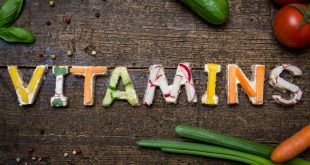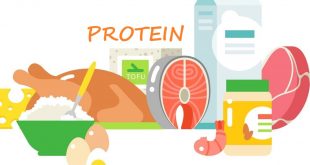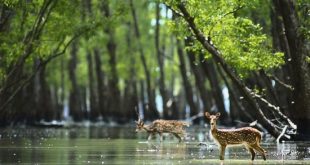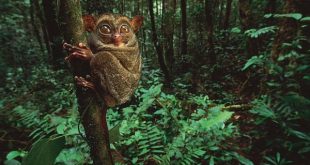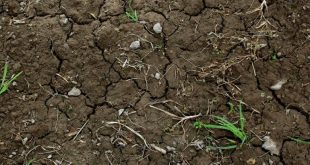In a Museum when you see a glittering crystal, you would say it was a mineral and you’d almost certainly be right. But can you say what a mineral really is? Define Minerals A mineral is an inorganic solid which is naturally occured. It has a fixed chemical composition and …
Read More »Yearly Archives: 2020
Vitamins: A Nutrional Organic Molecule
Vitamins and minerals are essential nutrients because they perform many roles within the body. There is a fine line between getting enough of those nutrients (which is healthy) and getting an excessive amount of (which can find yourself harming us). Eating a healthy diet remains the best way to get …
Read More »Protein and Peptides: An Inevitable Source of Nutrition (Part 2)
Globular and fibrous proteins A protein whose molecules curl up into a ‘ball’ shape, such as myoglobin or hemoglobin, is known as a globular protein. In a living organism, proteins may be found in cells and in other aqueous environments such as blood, tissue fluid and in phloem of plants. …
Read More »Thermodynamics: A Relationships Between Heat and Other Forms of Energy (Part 2)
Units of work Whenever a new quantity is introduced in physics, the standard metric units associated with that quantity are discussed. In the case of work (and also energy), the standard metric unit is the Joule (abbreviated J). One Joule is equivalent to one Newton of force causing a displacement of one meter. …
Read More »Thermodynamics: A Relationships Between Heat and Other Forms of Energy (Part 1)
The study of the flow of warmth or the other sort of energy into or out of a system because it undergoes a physical or chemical transformation, is named Thermodynamics. In other word relationship between heat, work, temperature, and energy. In broad terms, thermodynamics deals with the transfer of energy from one place to a different and from one form to a …
Read More »Forests of Bangladesh
Though not much fossil evidence is available, studies indicate that extensive forest under tropical range existed in the tertiary period in parts of Bangladesh Even now, in a small land area, Bangladesh hosts four major types of forests: (a) Hill forests (mixed-evergreen forest), (b) Sal forest (deciduous forest), (c) Mangrove forest (natural mangrove), and …
Read More »Carbohydrates: The Central to Nutrition
Carbohydrates are fundamentally the sugars, starches and fibers found in fruits, grains, vegetables and milk products. Though often it slander in trendy diets, carbohydrates which is one of the basic food groups which are important to a healthy diet. A carbohydrate is a biomolecule containing of carbon (C), hydrogen (H) and oxygen (O) atoms, normally with …
Read More »Hydrangea: A Natural Acid Base Indicator & Wonder of Colors
Hydrangea is one of the world’s most popular ornamental flowers that conceals a bouquet of biological and biochemical surprises. The iconic “snowball” shaped blooms of Hydrangea macrophylla show magical color variation from soil to soil. In this article, incredibly interesting facts about the natural pH indication and color variation of …
Read More »Forest Ecology and Classification
Forest ecology is the study of all aspects of the ecology of wooded areas, including Rainforest, Deciduous and Evergreen, Temperate and Boreal forest. In this article, Definition of Forest and Classification of Major Forests of the World will be discussed in detail. Definition of forest According to Forest Resources Assessment, …
Read More »Soils of Bangladesh: Formation and Tracts
Because of being an ‘agricultural country’, soil has always been a matter of concern in Bangladesh. Despite being a small country, soils of Bangladesh shows huge varieties. There are many recognized and unrecognized causes of such varieties. Normally, due to a diverse nature of physiographic condition, land type, parent materials …
Read More » Plantlet The Blogging Platform of Department of Botany, University of Dhaka
Plantlet The Blogging Platform of Department of Botany, University of Dhaka

